Aloha ‘Āina: Love of the Land
-
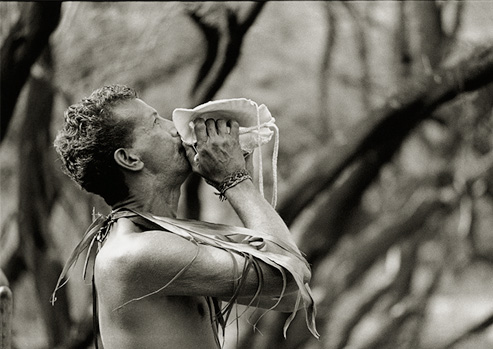
Makahiki ceremony, Hakioawa Bay camp area, 1987
Courtesy Franco Salmoiraghi
Kanaloa Kaho‘olawe served as the unexpected catalyst of a Native Hawaiian cultural renaissance. By rallying around the protection of the island, Native Hawaiians asserted the traditional value of Aloha ‘Āina (love of the land) as both a cultural and spiritual practice.
Rural Hawaiian communities, strongholds of subsistence living and the old ways, became examples of the benefits of the resurgence of tradition. Hawaiian music evolved into new forms of expression and gained greater popularity. Schools of Hawaiian dance and chant, hālau hula, expanded and flourished. The traditional herbal and spiritual healing practices of lā‘au lapa‘au were recognized as valid holistic medicinal practices. In this climate of cultural rejuvenation, Native Hawaiians also began to organize for self-determination and self-governance.
-
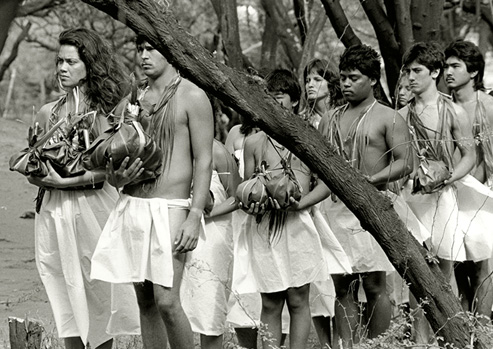
Makahiki ceremony, Hakioawa Bay camp area, 1987
Courtesy Franco Salmoiraghi
In 1981 the Protect Kaho‘olawe ‘Ohana revived the Makahiki ceremony that marked the renewal of the earth through the winter rains, as part of their efforts to heal the island and by extension, the soul of the people. Because much of the knowledge of such traditions had been lost, participants learned from Aunty Edith Kanaka‘ole and her family about the nature of the ceremony, and its chants, rituals, and responsibilities.
-
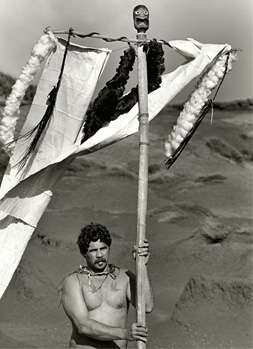
Makahiki ceremony, Hakioawa Bay camp area, 1987
Courtesy Franco Salmoiraghi
Kūpuna (elders) guided the younger members to important cultural sites and explained their significance. Such activities helped a new generation of Native Hawaiians to forge a connection to the cultural traditions of their people. To ensure the survival of this knowledge, they are now teaching their own children and other young Hawaiians.
-
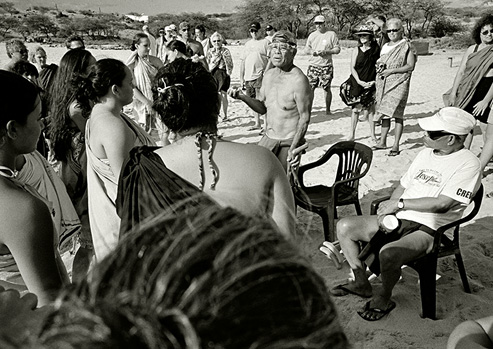
Gathering to dedicate a navigators’ observation platform, Lae O Kealaikahiki, 2004
Courtesy Franco Salmoiraghi
-
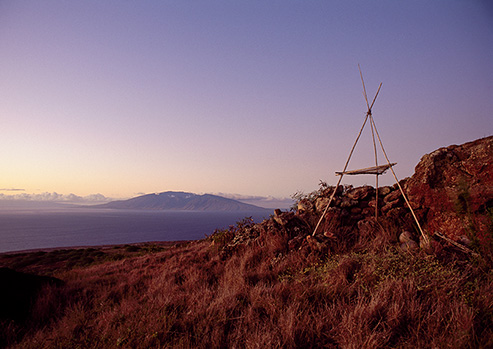
Shrine at Moa‘ulaiki, the “seat of navigation,” 1993
Courtesy Franco Salmoiraghi







